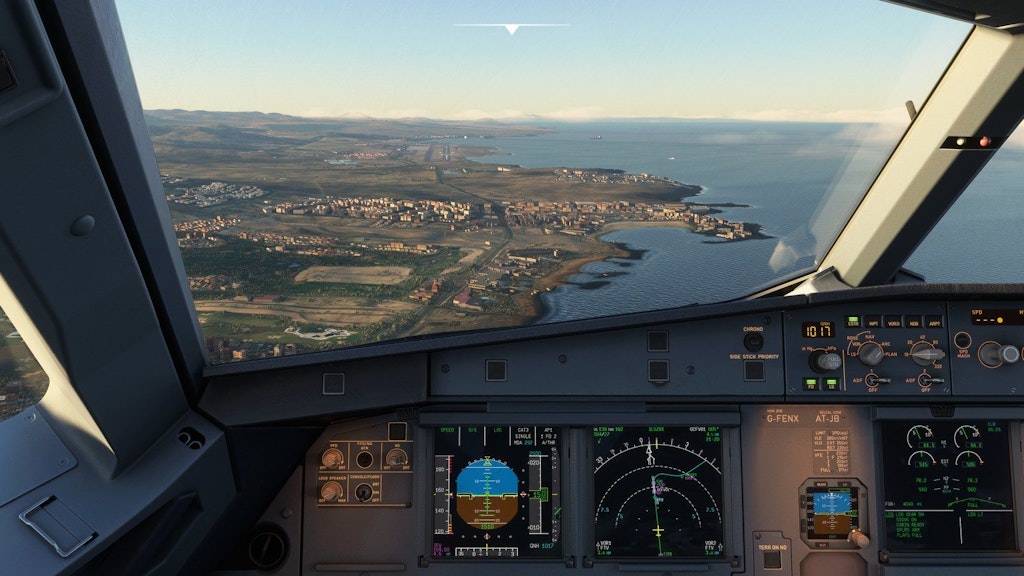Fenix Simulations continues to update the community with their upcoming A320 for Microsoft Flight Simulator through their weekly blog posts. Whilst this week’s is a little lighter in content, there’s an interesting piece of news in the update that will hopefully have a positive impact on performance with the aircraft.
As mentioned last week, Fenix Simulations said they were expanding their search to find new alpha testers to include more people with different systems to test the aircraft on. This allowed the team to collate data to then identify and improve the Fenix A320 performance on lower-end PCs. As a result of that data collection, the team has found a few ways to help with systems with GPU and/or CPU bottlenecks.

The biggest source of performance draw comes from display rendering. This is perhaps the biggest challenge for many aircraft developers and some have found unique ways for a variety of people to get the most performance possible out of the product. Fenix has also developed a way to help systems copy with the demand regardless of the type of system they have. The Fenix Simulations A320 will allow people to choose if your displays are rendered with the GPU, your CPU or even the integrated GPU on your CPU. This means that depending on what is causing your sim to have a bottleneck, you can move the biggest performance draw away from it and choose another PC component to do the heavy lifting. Furthermore, if you use SLI or Crossfire, and one of your GPUs isn’t being used fully, then you can choose which GPU your displays are rendered from. Impressive stuff!
Whilst the team continues to tinker with performance, there’s been plenty of work to continue ironing out bugs and other issues to ensure the plane releases in its “best possible form.”
As work continues, be sure to check out 30 minutes of footage of the plane in action, or our first look article. There’s also a number of other feature reviews you can check out including the pneumatic systems, CDPLC functionality and also the MCDU and FMGS.














